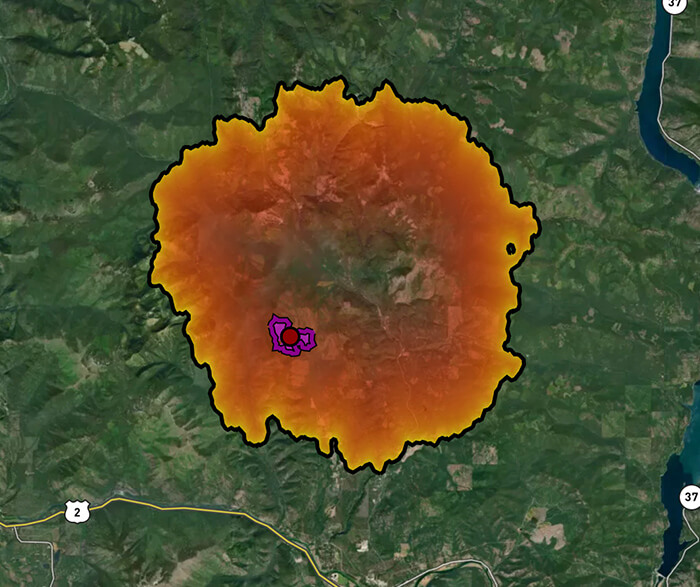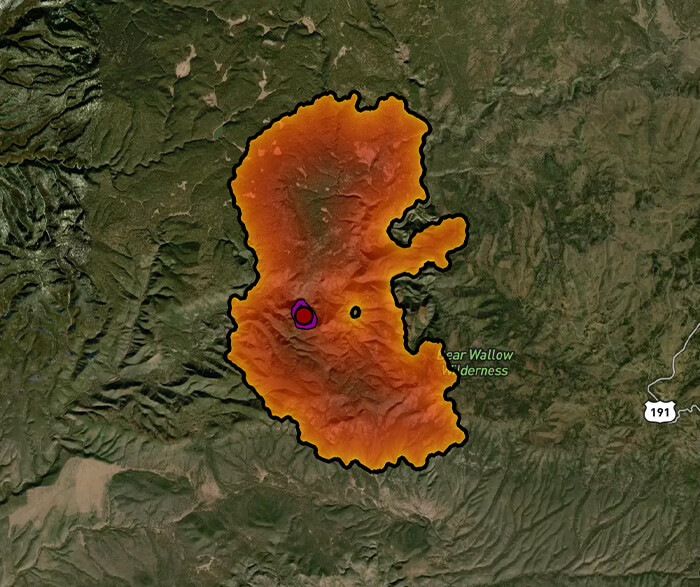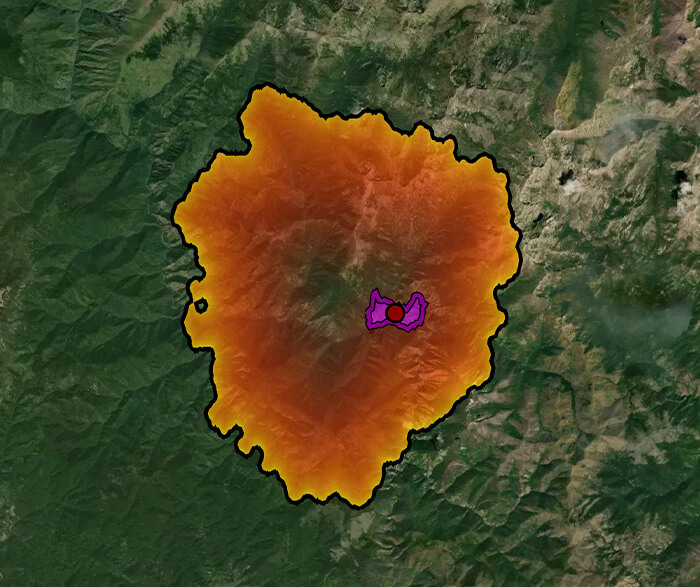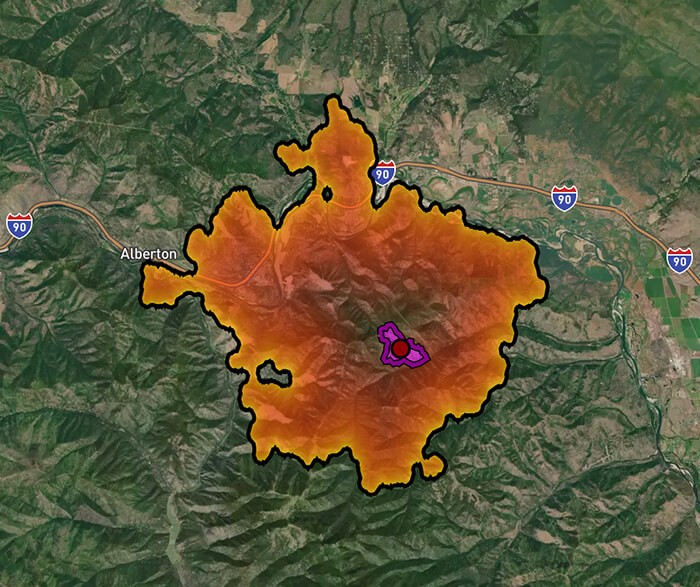SWIM Total WildFire Prediction Accuracy
SWIM’s Current Accuracy is:
0%
Last updated:
Last updated:
2025-12-24 @ 2:00 a.m. UTC




Dr. Kim has extensive experience in risk analysis of complex engineered systems. In addition, he has experience working as a space systems engineer for the United States Air Force where he led the development of an advanced command and control system for the next generation space protection infrastructure for U.S. space forces. Dr. Kim has a B.S. in Mathematics from the University of California, Los Angeles; an M.B.A. from California State University, Long Beach; an M.S. in Systems Engineering from the Naval Postgraduate School; and a Ph.D. in Management Science and Engineering from Stanford University.
Dr. Kim has extensive experience in risk analysis of complex engineered systems. In addition, he has experience working as a space systems engineer for the United States Air Force where he led the development of an advanced command and control system for the next generation space protection infrastructure for U.S. space forces. Dr. Kim has a B.S. in Mathematics from the University of California, Los Angeles; an M.B.A. from California State University, Long Beach; an M.S. in Systems Engineering from the Naval Postgraduate School; and a Ph.D. in Management Science and Engineering from Stanford University.